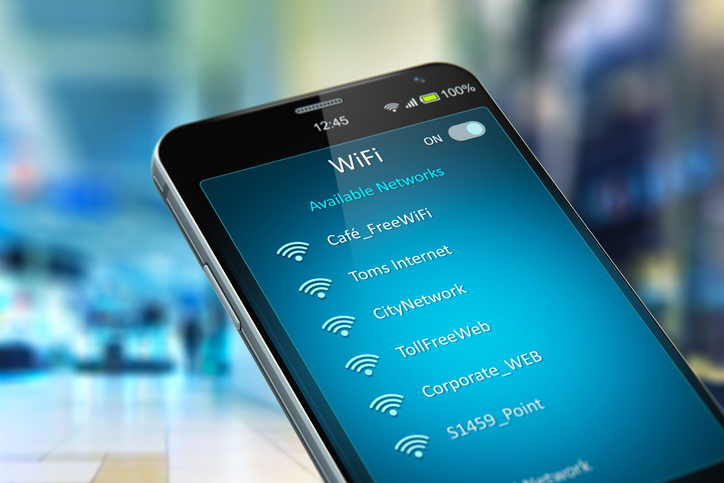Looking for IT Support In Wichita? Call Us Now! (316) 788-1372


Just about nothing is more frustrating when using a smartphone than connecting to a sluggish or broken Wi-Fi network. In most places, mobile data is so effective and speedy these days that we just can’t accept a Wi-Fi network performing worse than our mobile networks can.
If you’re dealing with obnoxiously slow speeds on your mobile phone, here are some tips to try.
1. Isolate the Problem
Your first step is to isolate the problem. First, toggle off Wi-Fi altogether. Does your phone respond quickly with Wi-Fi turned off? If so, you’ve determined that Wi-Fi is the problem. You can skip to step 2.
If your phone is still sluggish with Wi-Fi turned off, it’s time to check whether the problem is your connection or the device itself. Use a speed tester, like the app from speedtest.net, to see how fast or slow your cellular connection is. If you get a bad result, you’re likely in a bad coverage area. If you get a good result, though, then your phone’s sluggishness isn’t related to your internet speed. Chances are there is something wrong with the device itself, or perhaps it’s just too old and needs to be replaced.
2. Check Your Router Location
Next, check your router location. Wireless routers have range limits, too. If you’re far away from your router or if there are thick walls or furniture between you and your router, your speed will be diminished. Try operating right next to the router and see if your speeds improve.
The best location for your wireless router is the center of your home or office, away from any walls or furniture. Of course, this is rarely practical. Get creative and find an inventive way to place your router in a good location.
3. Check Router Strength
All routers have limits, and some have a stronger broadcast strength than others. If improving your router’s location doesn’t do enough, you may need to upgrade to a model with a greater range.
4. Watch Out for Noise and Competing Networks
Certain electronic devices create noise that can weaken your Wi-Fi network’s performance. Anything that emits wireless signals or even electromagnetic radiation can interfere. Cordless landline phones, walkie-talkies, and even microwaves can interfere. Position your router away from devices like these.
You also want to watch out for competing networks. The more wireless networks are competing for the same spectrum space, the worse the performance. In a high-density situation like an apartment complex, you may encounter this kind of network crowding. Your wireless router has the ability to change which portion of the wireless spectrum it uses. Review the documentation that came with your router to learn how to do this. You may want to download a Wi-Fi analyzer app to help determine the best spectrum space for you.
5. Consider Network Congestion
Another reason for slow Wi-Fi is network congestion. Your home or business internet bandwidth has its limits. So does public Wi-Fi.
On a lower speed home network, consider who else is using your connection and what they are doing with it. Gaming and streaming can eat up a lot of bandwidth. Perhaps your Wi-Fi is slow because others are using up all your bandwidth. The same principle is in play with public Wi-Fi networks.
If you’ve tried all these steps and still aren’t getting the performance you need, give us a call. We can help you solve your connection issues!